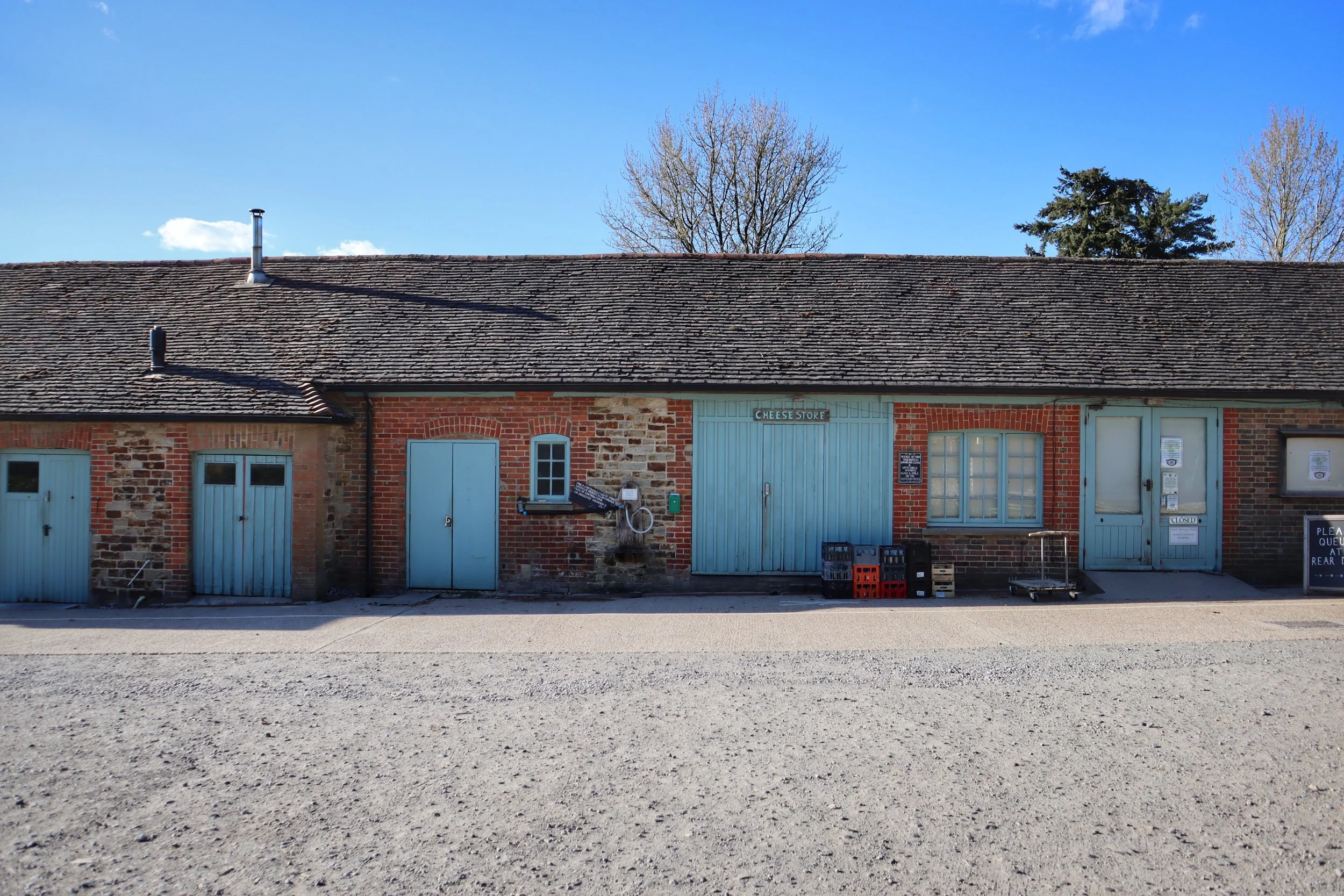My farming life
Gala Bailey-Barker
In the many debates that erupt every January about food it can be easy to forget that farmers are people and that we eat too. We are lucky at Plaw Hatch to be the kind of farmers who have lots of produce in our fridges that we have grown or raised.
I choose to eat meat and would always rather eat an animal I have known than one I haven’t. I don’t eat meat when I’m not cooking at home unless I know where it has come from. I am grateful for knowing the people who produce a lot of the food I eat, the people I work with here and local growers, farmers and bakers. It is not just animals but people who suffer in our industrialised food system. Each of us has to decide for ourselves what we want to eat, but whether you choose to only eat plants or you enjoy a beef steak, your food has been farmed.
“I choose to eat meat and would always rather eat an animal I have known than one I haven’t.”
Biodynamic farming relies on the idea of a closed loop, where the farm organism produces all it requires without the need to buy in external inputs. Whilst this is an impossible goal, it’s a good principle and one that encourages creative thinking. The muck from the cows feeds the fields that grow grass and crops for our animals as well as the polytunnels that grow our vegetables. The whey from the cheese made from our cows’ milk feeds the pigs and chickens. Where it can be, waste is turned into gold.
It hasn’t been so long since we were all involved with the raising and growing of our food. I have the kind of relationship with my sheep that I think until very recently many people had with their animals. Sheep have been domesticated for 6000 years. I ought not to say my sheep, they belong to the farm, but they are mine and I am theirs. The majority of our flock were born here. Not only were they born here but I was the first person that most of them saw when they were born. I have been with them for the majority of the times that they have been handled for shearing, sorting or moving from one field or site to the another. I have loaded them in and out of trailers and caught them when they've had bad feet or flystrike. If they’ve been sick, I’ve looked after them. I have been there, and they have seen me, and I have seen them, and we know each other. I know their faces like you know the faces of people in your community, they are not anonymous.
Our flock spends most of their life peacefully eating and ruminating. Each day I, or whoever is covering my days off, turns up to check that all is well. Throughout the spring, summer and autumn, as grazing conditions allow, I move them to new grass every 3-4 days. This kind of quick grazing is better for the grasses and plants that they are eating and helps to improve the biodiversity of grassland. This last summer was incredibly dry and when the grass started running out we fed them hay and I spent time pulling willow, hazel and beech branches down for them so they’d have something more interesting and nutritious to eat.
People sometimes say of farm animals that ‘there is no good way to die’. Some of you will remember the images we shared in the aftermath of a horrific dog attack we had in January 2019 on a group of our pregnant ewes. That is what comes to my mind when someone tells me that there is no good way to die. It is a relief to me when the sheep I care for, at the end of whatever peaceful length of life they have led, end up in a small family-owned abattoir being killed quickly, respectfully and calmly by people who are damn good at their jobs.
At the heart of everything we do at Plaw Hatch is our relationship with the animals, the people and the living beings we share the farm with, both visible and invisible. We aren’t perfect, nor are our systems, but we are always learning and challenging ourselves to do better because we all care deeply. Amidst the daily work required to keep the farm going we are committed to doing the very best we can for the good of all life on the farm as complicated as that can feel at times.







